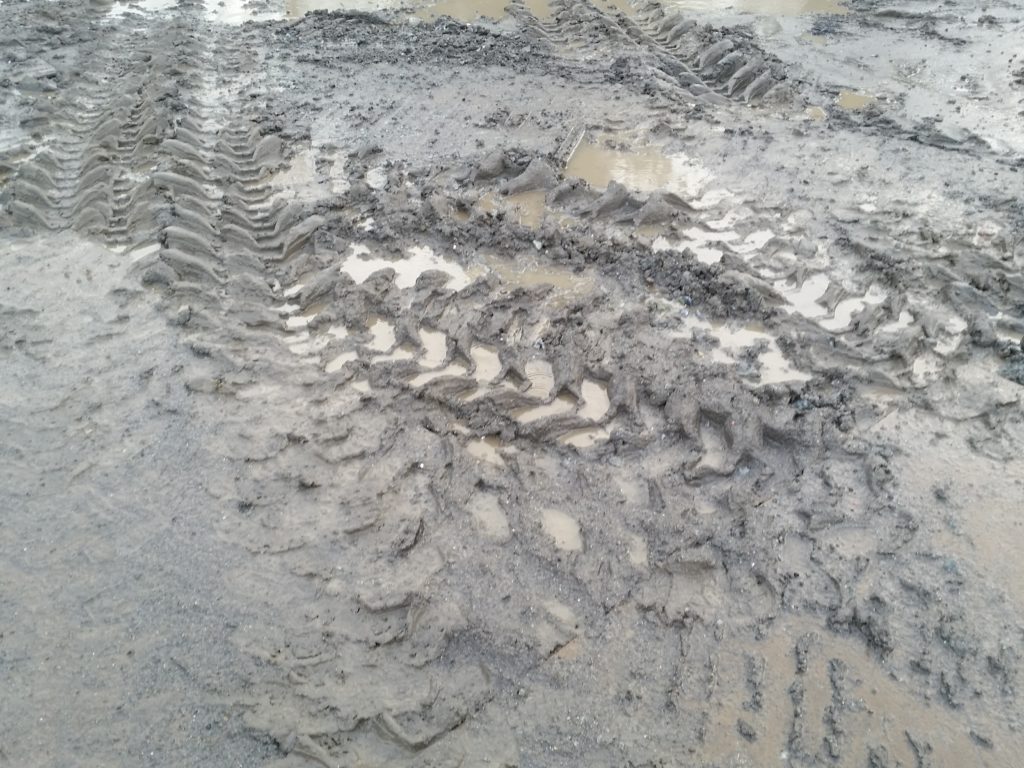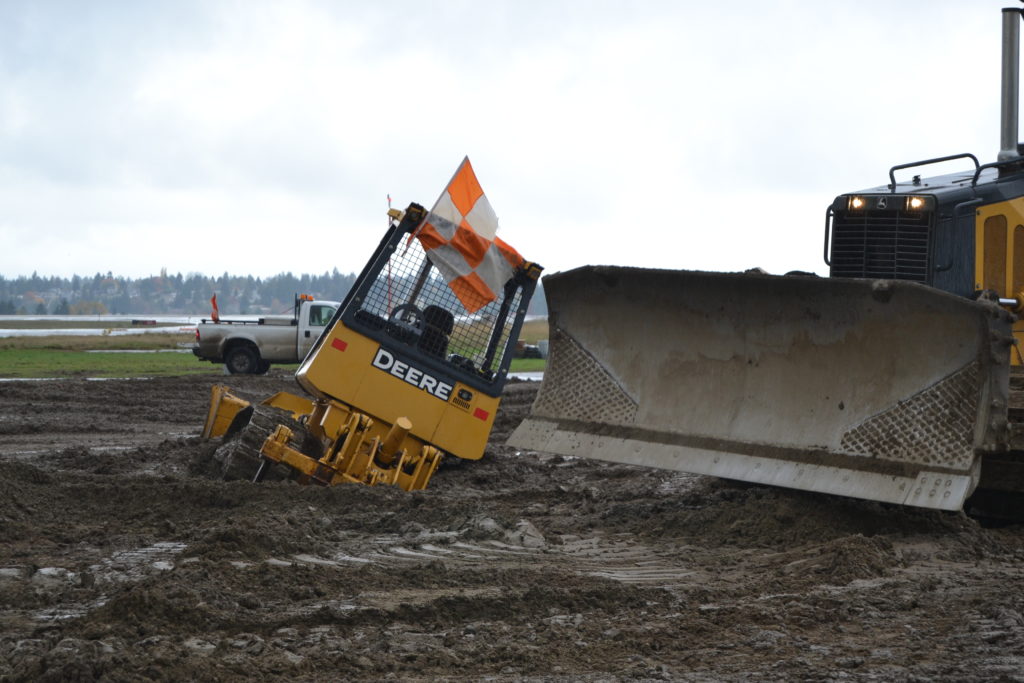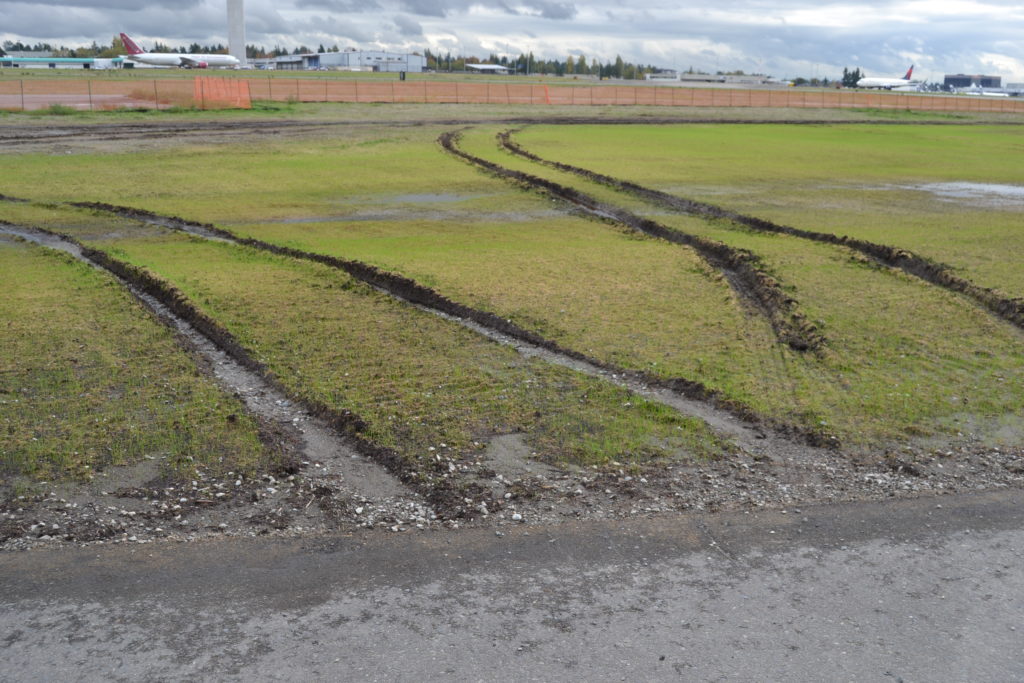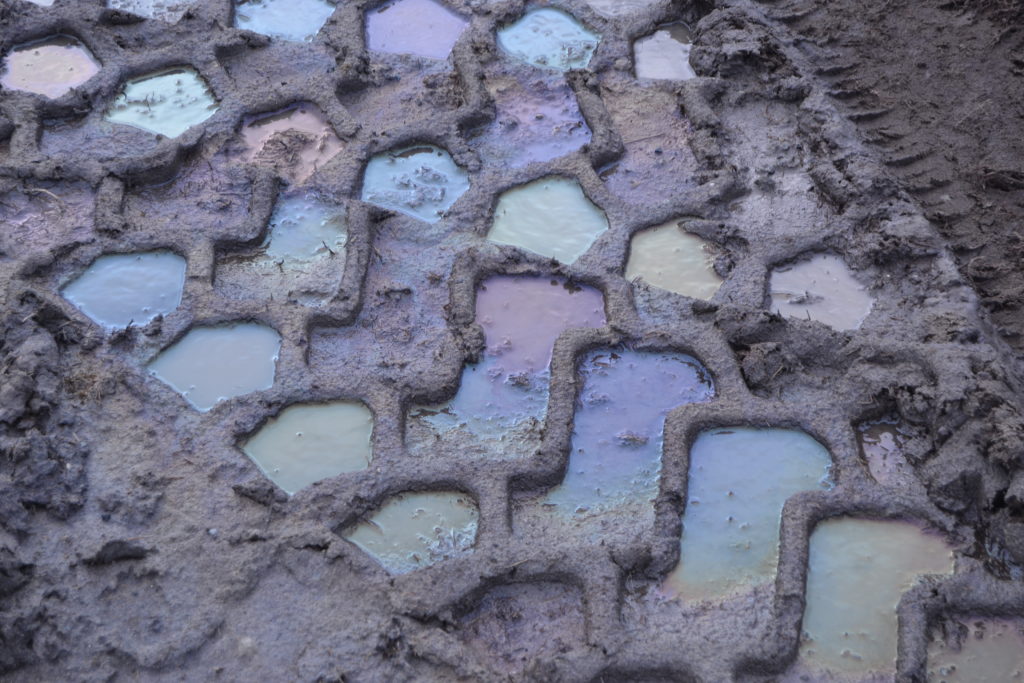How to Design and Install a Wheel Wash
By: Mark Kestner, Ph.D.
National Environmental Service Co., Inc.
7 Hampshire Drive, Mendham, NJ 07945 Tel: 973-543-4586 www.drdust.com
Presented at: California Mining Association Annual Meeting 2005, Squaw Valley, CA May 24-27
Introduction
Quarries, ready-mix plants, construction sites and other industrial facilities have become the
targets of new regulations designed to prevent track-out of mud, dust and dirt on to public roads. These
regulations have been developed primarily in response to Federal EPA actions that have designated many
metropolitan areas as “non-attainment” for their failure to comply with air quality standards for fine
particulate. Fine particulate, known as PM10 and fine respirable particulate, PM2.5, are now regarded as
the number one health hazard in urban environments. These particles are so small that they become
lodged in the aveoli of the lungs where they can cause or aggravate a variety of respiratory diseases
including asthma, emphysema and lung cancer.
Local governments in non-attainment areas are forced to take draconian measures to comply with
fine particulate standards or face the loss of federal highway funds. As a result, cities like Los Angeles
and Phoenix, have or are in the process of adopting rules that require affected facilities to install wheel
washes. The South Coast Air Quality Management District (SCAQMD) in California, for example, has
recently passed Rule 1157 that will mandate the use of rumble grates and tire washes.
In other areas of the country, encroaching residential and commercial development around
industrial sites has led to an increased demand for wheel washes. Many companies, particularly stone
quarries, have installed wheel washes in order to get out in front of regulation and demonstrate their
willingness to be good neighbors. Other facilities are forced into compliance through fines and litigation.
Faced with state and local governments under the threat of federal action and a public unwilling
to tolerate any pollution, companies need to take a hard look at how best to respond. Because the costs of
pollution control equipment are difficult to recover, affected facilities have a real incentive to develop
affordable and effective technology to prevent carryout.
….MORE….









